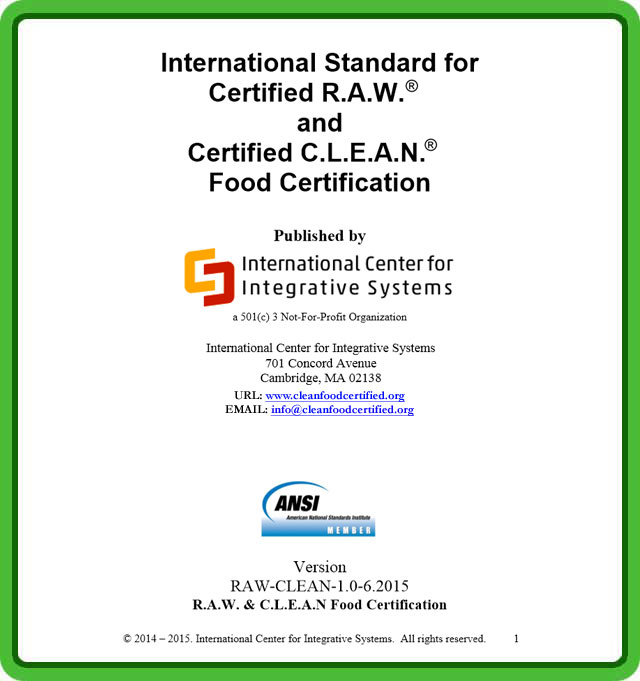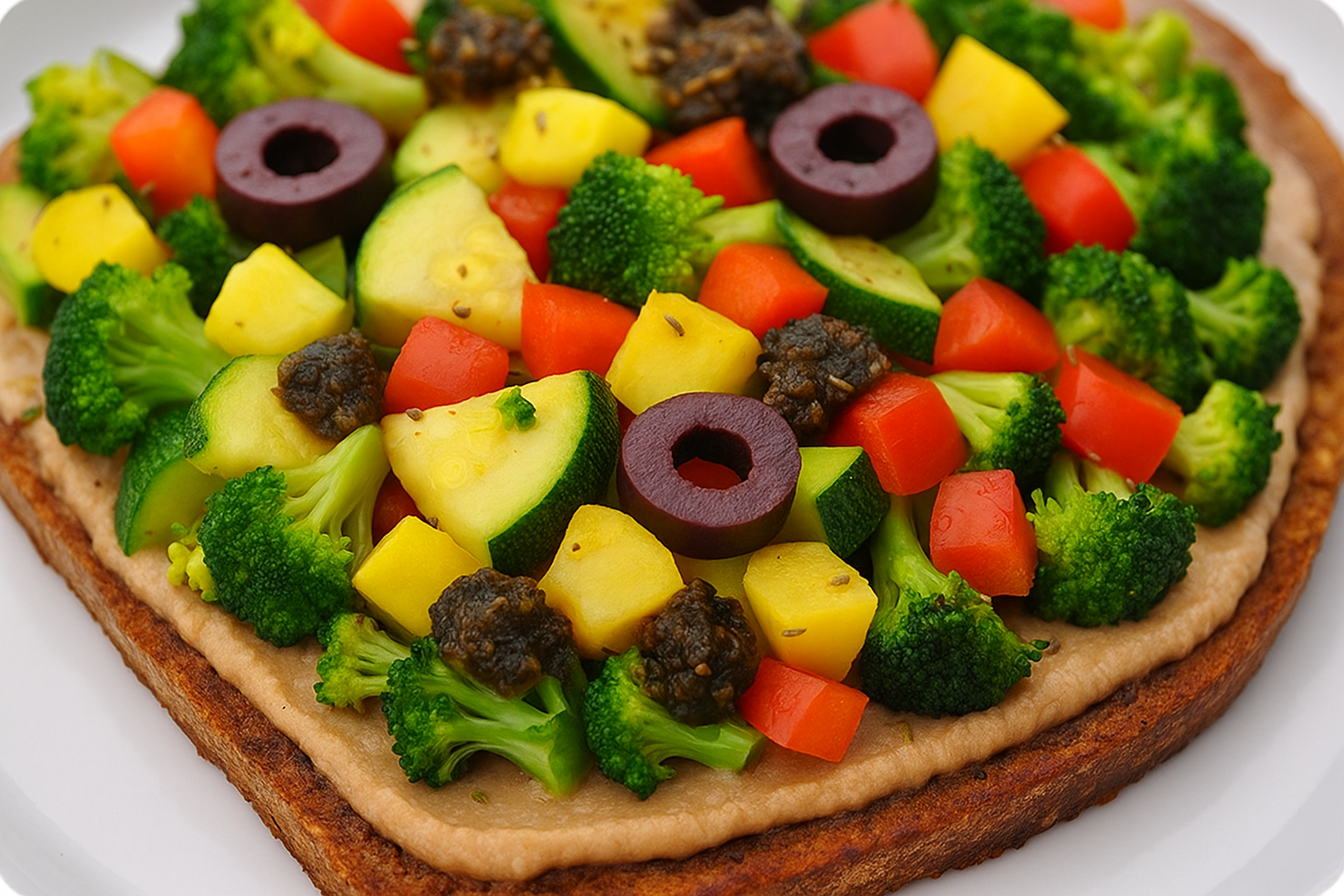
Starting the early 1990’s, raw food gurus emerged, leading what is now known as the Raw Food Movement. These gurus, with perhaps sincerest intentions, created this movement to foster a more healthy approach to eating food in their natural state. Over the past 20 years, some aspects of this movement became more cult-like and “religious”, moving away from their original intentions to help the consumer, and placing it more on the personality of the gurus themselves. Many new products, educational seminars, conferences etc. resulted from this growing movement. Based on some reports, the raw food movement is nearly a half-billion dollar industry today.
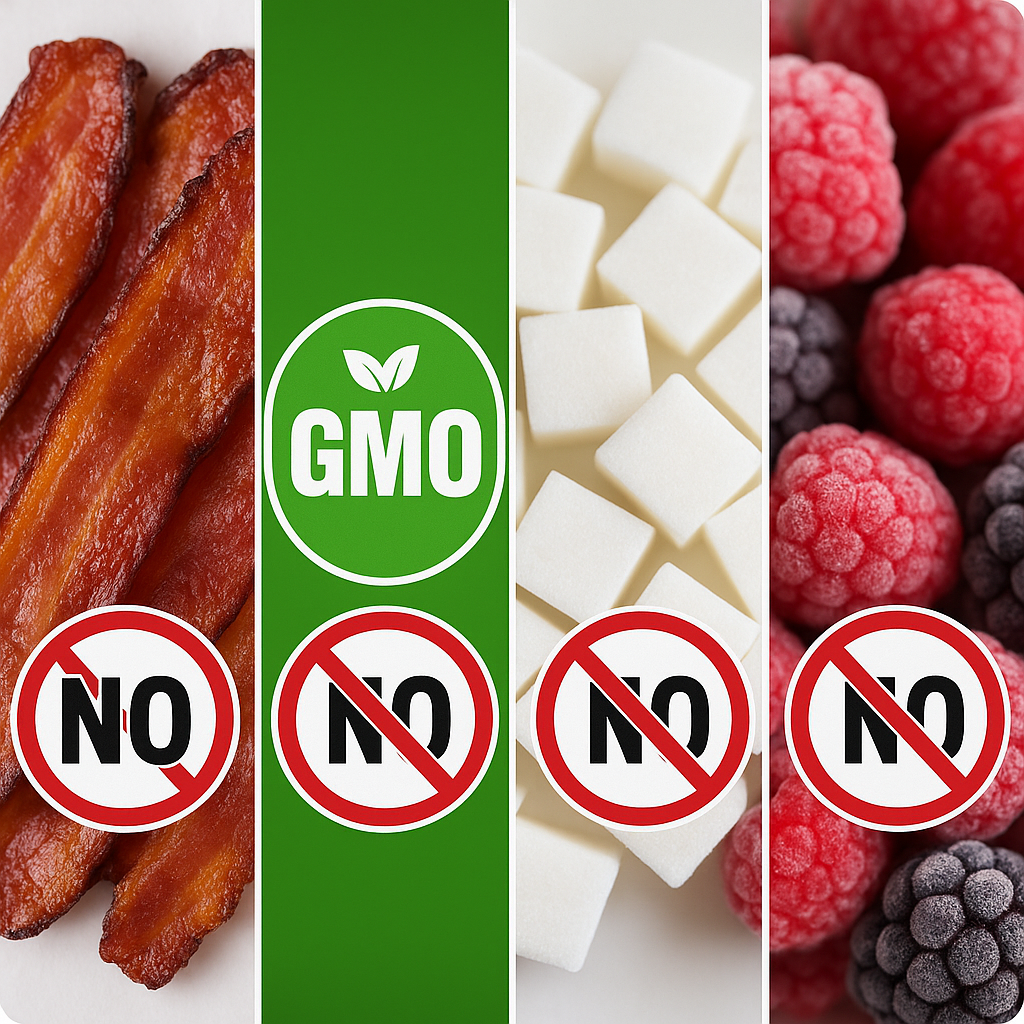
We all know the adage Let Thy Food Be Thy Medicine. The confusion emerging from understanding what is “raw” food provides a broader opportunity to define what good food is. We have been told, far too many times, what kind of food is “bad”. But rarely are we told what is good food. We’re told not to eat too much fat, sugar is bad, stay away from chemicals and pesticides etc., but what is good food? What is clean food? What is raw food? Is there a systematic and scientific way where we can identify what is good food?
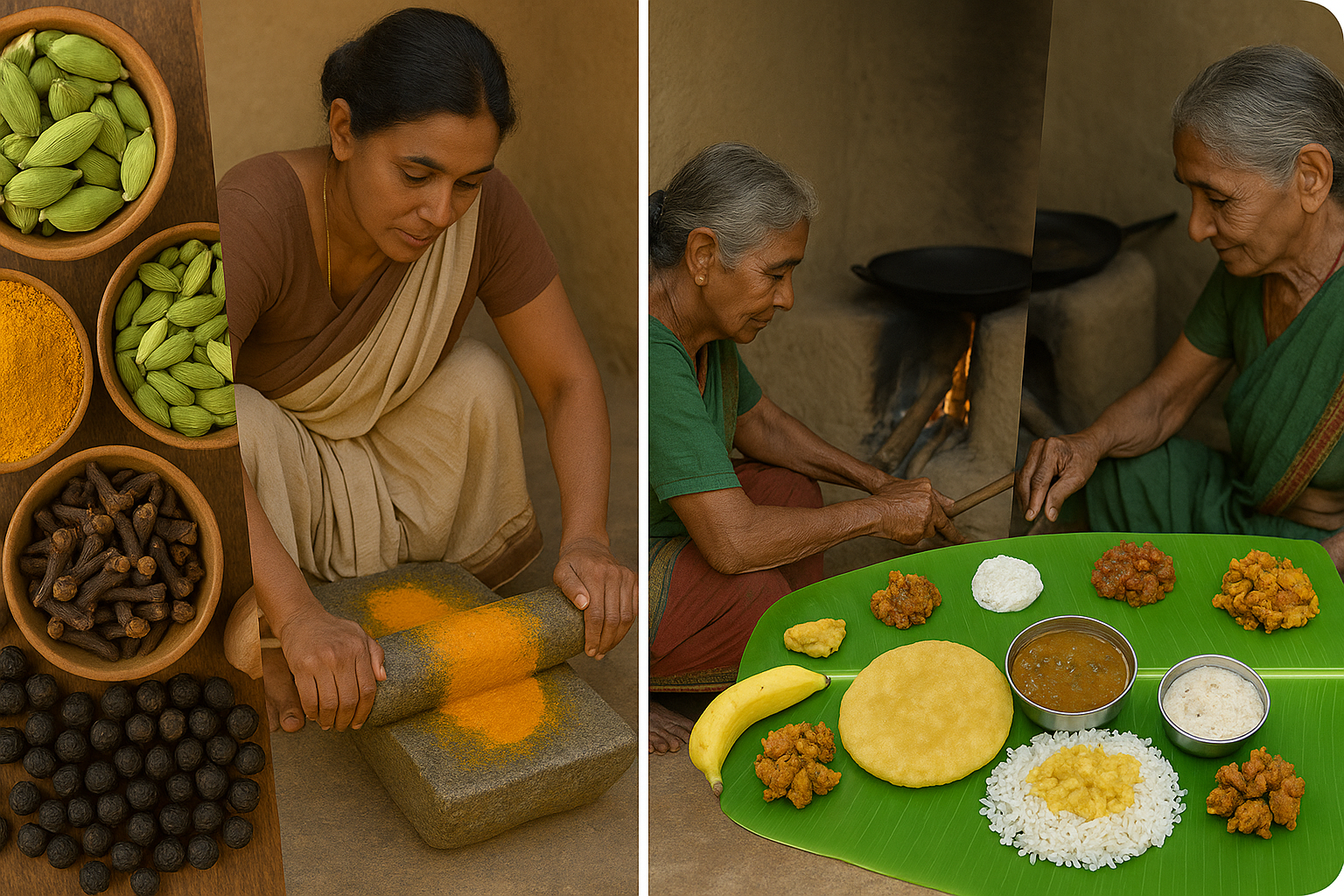
After many millennia of trial and error, indigenous and traditional cultures had a profound sense of what was good food. They knew how to combine food, when to eat food, and how to process food so our bodies received the optimal nutrition. These cultures recognized that food had multiple purposes: 1.To deliver the nutrition for the individual’s particular constitution 2.To be pleasurable to eat and give joy, and 3.To build a sense of community as gathering, processing and eating food was a communal activity.
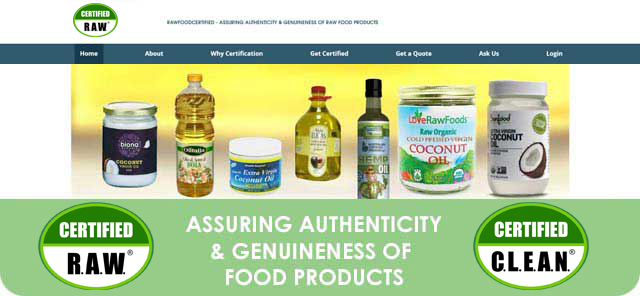
In early 2014, given growing pressures from regulatory agencies as well as retailers and consumers, leaders of the raw food community recognized that the confusion around raw food could detrimentally affect their businesses. There needed to be a more formal definition of what raw food is. Leaders of the raw food community including Brad’s Raw Foods, Alive & Radiant, Rawone, Living Intentions and Go Raw, shared with Dr. V.A. Shiva Ayyadurai, the inventor of email and MIT-trained systems scientist, the problems they were facing.
